

Articles
How To Store Sunchokes
Modified: August 30, 2024
Learn the best methods for storing sunchokes in this informative articles. Keep your sunchokes fresh and delicious for longer periods of time.
(Many of the links in this article redirect to a specific reviewed product. Your purchase of these products through affiliate links helps to generate commission for Storables.com, at no extra cost. Learn more)
Introduction
When it comes to storing fresh produce, one vegetable that often gets overlooked is the sunchoke. Also known as Jerusalem artichokes, these knobby tubers have a unique flavor and a plethora of health benefits. Whether you’ve recently harvested a bountiful crop of sunchokes from your garden or found them at the local farmers’ market, it’s important to know how to properly store them to prolong their shelf life and maintain their quality.
Sunchokes belong to the sunflower family and resemble ginger root in appearance. They have a sweet and nutty flavor, making them a versatile addition to various dishes. The tubers are packed with dietary fiber, minerals like potassium and iron, and are also rich in inulin, a type of carbohydrate that acts as a prebiotic and aids in digestion.
Like many other root vegetables, sunchokes require specific storage conditions to stay fresh for an extended period. Improper storage can lead to sprouting, softening, or even the growth of mold. In this article, we will explore the different methods of storing sunchokes so that you can enjoy their delicious flavor and nutritional benefits for weeks or even months to come.
Key Takeaways:
- Store sunchokes in the refrigerator for easy access and freshness for up to 2-3 weeks. Enjoy their unique flavor and health benefits in various recipes while minimizing spoilage.
- Freeze sunchokes for long-term storage, preserving their flavor and texture for up to 10-12 months. Use blanching to maintain their quality and enjoy them in diverse dishes throughout the year.
Read more: How To Store Store-Bought Bread
What are Sunchokes?
Sunchokes, scientifically known as Helianthus tuberosus, are a root vegetable that is closely related to the sunflower. They are native to North America and have a long history of culinary use. The tubers are knobby in appearance, with a brownish skin and a crisp, white flesh.
Although they are called Jerusalem artichokes, sunchokes are not actually artichokes, nor are they native to Jerusalem. The name “Jerusalem artichoke” is believed to be a mispronunciation of the Italian word “girasole,” which means sunflower. The vegetable got its name because the tubers taste somewhat like mild artichokes when cooked.
Sunchokes have gained popularity in recent years due to their unique flavor and versatility in the kitchen. When raw, they have a crunchy texture and a slightly nutty taste. This makes them a great addition to salads or enjoyed as a snack. When cooked, sunchokes take on a sweeter, more savory flavor that pairs well with a wide range of dishes.
In addition to their taste, sunchokes offer several health benefits. They are a good source of dietary fiber, which aids in digestion and promotes a healthy gut. Sunchokes are also rich in potassium, which is essential for maintaining proper heart and muscle function. They contain iron, which helps in the formation of red blood cells, and they are low in calories, making them a great choice for those looking to maintain or lose weight.
Sunchokes are a seasonal vegetable and can usually be found in late fall to early spring. They are often harvested during winter after the first frost has occurred, as this helps to convert the starches in the tubers into sugars, enhancing their flavor. Whether you grow your own sunchokes or purchase them from a local market, it’s important to know how to properly store them to preserve their quality.
Harvesting and Cleaning Sunchokes
Harvesting sunchokes is a rewarding experience, especially if you’ve grown them in your own garden. These tubers are ready to be harvested once the plants have died back and the ground has cooled, typically in late fall or early winter.
To harvest sunchokes, start by gently digging around the base of the plant with a garden fork. Carefully lift the tubers out of the ground, being cautious not to damage them. You may find clusters of tubers connected by their root system, which can be separated by hand or with the help of a garden tool.
After harvesting, it’s important to clean the sunchokes to remove any dirt or debris. Start by rinsing them under cool running water, using a gentle scrub brush to remove any remaining soil. Avoid using soap or harsh chemicals, as this can affect the flavor and quality of the tubers.
Once the sunchokes are clean, inspect them for any signs of damage or decay. Discard any tubers that have soft spots or mold, as they may spoil quickly and affect the others during storage. It’s important to handle the sunchokes gently, as they are prone to bruising.
If you’ve purchased sunchokes from a market, check for any visible signs of damage before purchasing. Look for firm, smooth tubers without any soft spots or blemishes.
By properly harvesting and cleaning your sunchokes, you can ensure that they are in optimal condition for storage and future culinary use.
Preparing Sunchokes for Storage
Before storing sunchokes, it’s essential to prepare them properly to maximize their shelf life. Taking a few extra steps can make a significant difference in the longevity and quality of the tubers.
First, begin by allowing the freshly harvested or cleaned sunchokes to air dry for a few hours. This helps to remove any excess moisture on the surface, which can contribute to spoilage during storage. Place them on a clean towel or a wire rack in a well-ventilated area.
Next, it’s important to remove any excess soil or small root fibers that may still be attached to the tubers. Gently brush or rub the sunchokes with your fingers or a soft cloth to remove any remaining debris. Be careful not to scrub them too harshly, as this can damage the skin.
While sunchokes can be stored as is, it’s beneficial to trim any long or protruding roots to prevent them from drying out or tangling with other tubers. Use a sharp knife or pruning shears to remove the excess roots, leaving about half an inch (1.3 cm) of the stem attached to the tuber.
Another option is to peel the sunchokes before storage. This can be useful if you prefer to have them ready to use in recipes without the hassle of peeling later on. To peel sunchokes, use a vegetable peeler or a sharp knife and carefully remove the thin outer layer of the tuber. However, be mindful that peeling can cause some nutrient loss, so it’s generally recommended to leave the skins intact.
Once the sunchokes are dried and trimmed, it’s time to decide which storage method best suits your needs. Whether you choose to store them in the refrigerator, pantry, or freezer, the preparation steps above will help to maintain the quality and freshness of the sunchokes for an extended period.
Storage Methods for Sunchokes
Proper storage is essential to ensure that sunchokes remain fresh and flavorful for as long as possible. Depending on your preferences and available storage options, you can choose from a few different methods to keep your sunchokes in optimal condition.
Here are the most common storage methods for sunchokes:
- Refrigerator: Storing sunchokes in the refrigerator is the easiest and most convenient method. Place the cleaned and dried sunchokes in a perforated plastic bag or a paper bag. Perforating the bag allows for better air circulation and helps prevent moisture buildup. Keep the bagged sunchokes in the vegetable crisper drawer, which provides a cool and humid environment. Sunchokes can typically be stored in the refrigerator for up to 2-3 weeks.
- Pantry: If you prefer not to refrigerate your sunchokes, storing them in a cool and dark pantry is another viable option. Choose a location away from direct sunlight, heat sources, and excessive moisture. Place the sunchokes in a breathable container like a mesh bag or a wooden crate. This allows for proper air circulation and prevents the tubers from becoming too humid. Stored properly, sunchokes can last around 1-2 weeks in a pantry.
- Freezer: If you have an abundance of sunchokes or want to preserve them for a longer period, freezing is a great option. Start by blanching the sunchokes to halt enzyme activity and preserve their color and texture. Bring a large pot of water to a boil and add the peeled or unpeeled sunchokes. Blanch for about 2-3 minutes, then quickly transfer them to an ice bath to cool. Drain the sunchokes and pat them dry. Place them in airtight freezer bags or freezer-safe containers, removing as much air as possible. Label the containers with the date and store them in the freezer. Frozen sunchokes can stay fresh for up to 10-12 months.
Each storage method has its advantages, so choose the one that best suits your needs and available resources. Regardless of the method you choose, it’s crucial to monitor the sunchokes regularly and discard any tubers showing signs of spoilage to prevent the spread to others.
Remember, sunchokes are best when consumed fresh, so try to use them within the recommended storage periods for the best taste and texture.
Store sunchokes in a cool, dark place with good air circulation, such as a root cellar or the crisper drawer of the refrigerator. Keep them unwashed and in a paper bag to prevent sprouting. Check them regularly for any signs of spoilage.
Read more: How To Store Basil From Grocery Store
Storing Sunchokes in the Refrigerator
Storing sunchokes in the refrigerator is a simple and effective way to keep them fresh for an extended period. Follow these steps to ensure proper storage:
- Clean and dry: Start by cleaning the sunchokes to remove any dirt or debris. Gently rinse them under cool running water and use a scrub brush to remove any stubborn soil. Allow the tubers to air dry for a few hours to remove excess moisture.
- Bagging: Once the sunchokes are dry, place them in a perforated plastic bag or a paper bag. The perforations allow for better air circulation and prevent moisture buildup, which can lead to spoilage. Alternatively, you can wrap the sunchokes loosely in a clean, damp cloth to help maintain their moisture content.
- Refrigerator placement: Put the bagged or wrapped sunchokes in the vegetable crisper drawer of your refrigerator. This drawer provides a cool and humid environment, which is ideal for preserving the freshness of the tubers. Avoid placing them near ethylene-producing fruits like apples or bananas, as this can accelerate the ripening process.
- Monitoring: Check on the sunchokes regularly and discard any tubers that show signs of decay or mold. It’s important to ensure that the remaining sunchokes are in good condition to prevent the spread of spoilage.
Sunchokes stored in the refrigerator can typically last for 2-3 weeks, depending on their initial freshness and the storage conditions. As time goes on, the sunchokes may start to sprout or become slightly soft, which is a natural occurrence. However, they are still safe to consume as long as there are no signs of spoilage.
When it comes time to use the refrigerated sunchokes, give them a quick rinse under cool water before preparing them for your desired recipe. Whether roasted, steamed, or sautéed, the sunchokes will retain their sweet and nutty flavor, adding a unique touch to your culinary creations.
By storing sunchokes in the refrigerator, you can enjoy their freshness and nutritional benefits for an extended period without compromising their quality.
Storing Sunchokes in the Pantry
If you prefer not to refrigerate your sunchokes, storing them in a cool and dark pantry is a suitable alternative. Follow these steps to effectively store sunchokes in your pantry:
- Cleaning and drying: Start by cleaning the sunchokes to remove any dirt or debris. Rinse them gently under cool running water and use a scrub brush to remove any stubborn soil. Allow the tubers to air dry for a few hours to remove excess moisture.
- Choosing a storage container: Select a breathable container to store the sunchokes in the pantry. Mesh bags or wooden crates work well as they allow for proper air circulation, preventing the tubers from becoming too humid. Avoid plastic bags or airtight containers, as they can trap moisture and accelerate spoilage.
- Placement: Find a cool and dark spot in your pantry away from direct sunlight, heat sources, or areas prone to temperature fluctuations. The ideal temperature for storing sunchokes in the pantry is around 50-60°F (10-15°C). Keep in mind that the pantry should have a relatively stable temperature and moderate humidity to extend the shelf life of the tubers.
- Monitoring: Regularly check on your sunchokes and remove any tubers that show signs of decay, mold, or softening. It’s important to inspect them regularly to prevent spoilage from spreading to the rest of the tubers.
When stored properly, sunchokes can last for about 1-2 weeks in the pantry. However, keep in mind that they may start to sprout or become slightly soft as time goes on. This is a natural process and doesn’t necessarily mean that the sunchokes are no longer suitable for consumption. Simply remove any sprouts or soft spots before using them.
Before cooking with pantry-stored sunchokes, give them a quick rinse under cool water and they’ll be ready to use in your favorite recipes. Whether roasted, mashed, or added to soups or stir-fries, sunchokes add a unique flavor and texture to dishes.
Storing sunchokes in the pantry allows them to remain readily accessible while still maintaining their freshness for a short period of time. Enjoy their delicious flavor and nutritional benefits by incorporating them into your meals before they spoil.
Storing Sunchokes in the Freezer
If you have an abundance of sunchokes or want to preserve them for longer-term storage, freezing is an excellent option. Follow these steps to store sunchokes in the freezer:
- Preparation: Begin by preparing the sunchokes for freezing. Start by cleaning them thoroughly to remove any dirt or debris. Rinse them under cool running water and use a scrub brush to remove any stubborn soil. If desired, peel the sunchokes using a vegetable peeler or a sharp knife. However, note that peeling can result in some nutrient loss.
- Blanching: Blanching is an essential step to preserve the color, texture, and flavor of the sunchokes. Bring a pot of water to a boil and add the peeled or unpeeled sunchokes. Blanch them for about 2-3 minutes, then quickly transfer them to an ice bath to cool and stop the cooking process.
- Drain and dry: Once the sunchokes are cooled, drain them well and pat them dry using a clean kitchen towel or paper towels. Removing excess moisture before freezing helps to prevent ice crystals from forming and maintaining the quality of the sunchokes.
- Freezing: Place the blanched and dried sunchokes in airtight freezer bags or freezer-safe containers. Make sure to remove as much air as possible from the bags to prevent freezer burn. Label the containers with the date of freezing for future reference.
- Freezer placement: Put the sealed containers of sunchokes in the freezer. It is best to store them in a single layer or in small portions to facilitate even freezing and easier portioning when needed.
Frozen sunchokes can stay fresh for up to 10-12 months when stored at 0°F (-18°C) or below. However, note that the texture of the sunchokes may change slightly after freezing, becoming slightly softer. They still retain their flavor and can be used in various recipes.
When you’re ready to use the frozen sunchokes, there’s no need to thaw them. Simply remove the desired amount from the freezer and use them directly in your favorite recipes. Whether roasted, mashed, or incorporated into soups or stews, frozen sunchokes can add a delightful touch to your meals.
By freezing sunchokes, you can enjoy their delicious flavor and nutritional benefits long after their harvest season. It’s a convenient way to have sunchokes readily available for your culinary creations throughout the year.
Tips for Extending the Shelf Life of Sunchokes
To maximize the shelf life of sunchokes and prolong their freshness, here are some helpful tips and techniques:
- Harvest at the right time: If you’re growing sunchokes in your garden, harvest them after the plants have died back and the ground has cooled. This helps to convert the starches into sugars, enhancing their flavor and improving their storage potential.
- Handle with care: Sunchokes are delicate and can bruise easily, which can lead to spoilage. Handle them gently during harvest, cleaning, and storage to minimize bruising and damage to the tubers.
- Store immediately: Once harvested or purchased, store sunchokes promptly. Leaving them at room temperature for too long can result in sprouting, loss of moisture, or softening.
- Keep them dry: Excess moisture can cause sunchokes to spoil quickly. Before storing, ensure that the tubers are completely dry to prevent mold or rot. Allow them to air dry for a few hours after cleaning.
- Inspect regularly: Regularly monitor the sunchokes for any signs of spoilage, such as soft spots, mold, or sprouting. Remove any affected tubers to prevent the spread of spoilage to the remaining ones.
- Choose appropriate storage: Depending on your preferences and available resources, store sunchokes in the refrigerator, pantry, or freezer. Each method has its advantages, and selecting the right one can help maintain their quality and freshness.
- Avoid exposure to light and heat: Sunlight and heat can cause sunchokes to sprout or lose their texture. Store them in a cool, dark place away from direct light, heat sources, or temperature fluctuations.
- Don’t wash before storage: Avoid washing sunchokes before storing them unless they are visibly dirty. Excess moisture can accelerate spoilage, so wait to rinse them until just before use.
- Rotate your stock: If you have a surplus of sunchokes, it’s important to use the older ones first. Rotate your stock and consume the older tubers before they start to deteriorate in quality.
- Use proper packaging: When storing sunchokes in the refrigerator or freezer, use appropriate packaging such as perforated bags, paper bags, or airtight containers. Proper packaging helps regulate moisture levels and prevent the tubers from spoiling.
By following these tips, you can extend the shelf life of sunchokes and enjoy their unique flavor and nutritional benefits for as long as possible. With proper storage and care, sunchokes can be a delightful addition to your meals even after their harvest season.
Read more: How To Store Jordans
Conclusion
Sunchokes, also known as Jerusalem artichokes, are a versatile and nutritious root vegetable that deserves a place in your kitchen. Whether you’ve recently harvested them from your garden or purchased them at a local market, knowing how to properly store sunchokes is essential to prolong their shelf life and maintain their quality.
By following the right storage methods, you can enjoy the flavor and nutritional benefits of sunchokes for weeks or even months after their harvest season. Storing sunchokes in the refrigerator is a convenient option, allowing easy access to the tubers while preserving their freshness for up to 2-3 weeks. Alternatively, storing them in a cool and dark pantry provides a suitable environment for short-term storage of around 1-2 weeks. If you have an abundance of sunchokes or want to preserve them for a longer period, freezing is an excellent choice, allowing you to store them for up to 10-12 months.
To maintain the quality of sunchokes, keep in mind some valuable tips, such as harvesting at the right time, handling with care, keeping them dry, inspecting regularly for any signs of spoilage, and choosing appropriate storage conditions. By taking these steps, you can extend the shelf life of sunchokes and continue to enjoy their unique flavor, crisp texture, and health benefits.
Whether you choose to roast them, mash them, add them to soups or stir-fries, or experiment with new recipes, sunchokes offer a delicious and nutritious addition to your meals. Don’t forget to rotate your stock and consume the older tubers first to minimize food waste and maintain the overall quality of your sunchokes.
Now that you have the knowledge and techniques for storing sunchokes, you can confidently enjoy their distinct taste, texture, and health benefits for an extended period. Get creative in the kitchen and savor the versatility and unique flavor that sunchokes bring to your favorite dishes.
Frequently Asked Questions about How To Store Sunchokes
Was this page helpful?
At Storables.com, we guarantee accurate and reliable information. Our content, validated by Expert Board Contributors, is crafted following stringent Editorial Policies. We're committed to providing you with well-researched, expert-backed insights for all your informational needs.




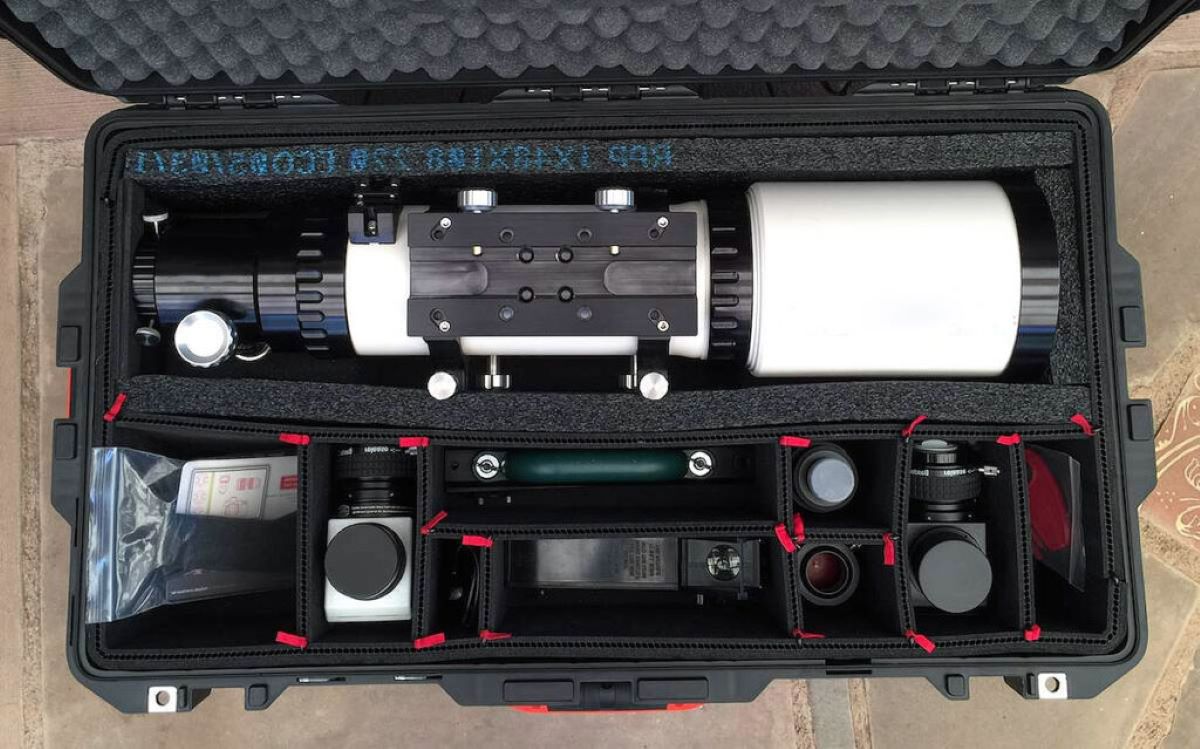
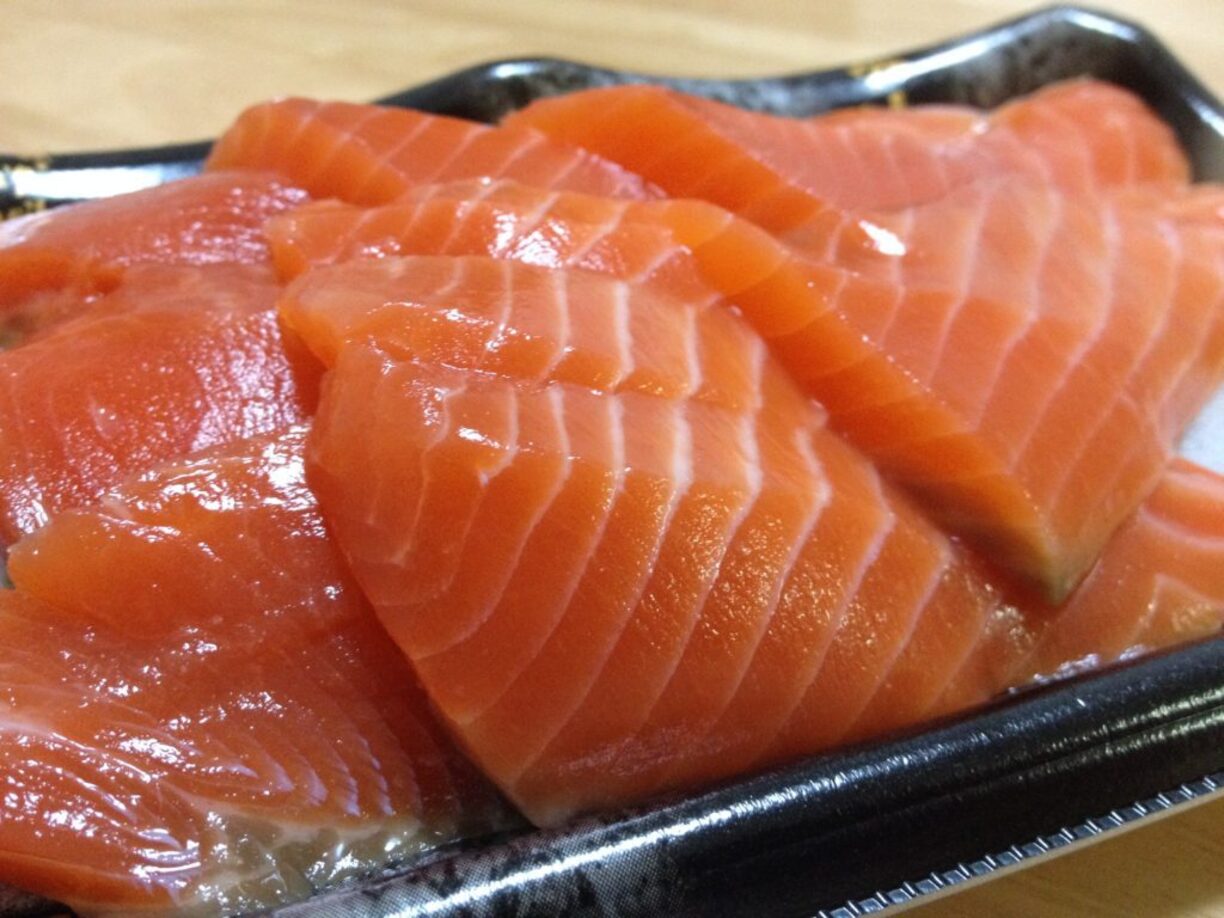


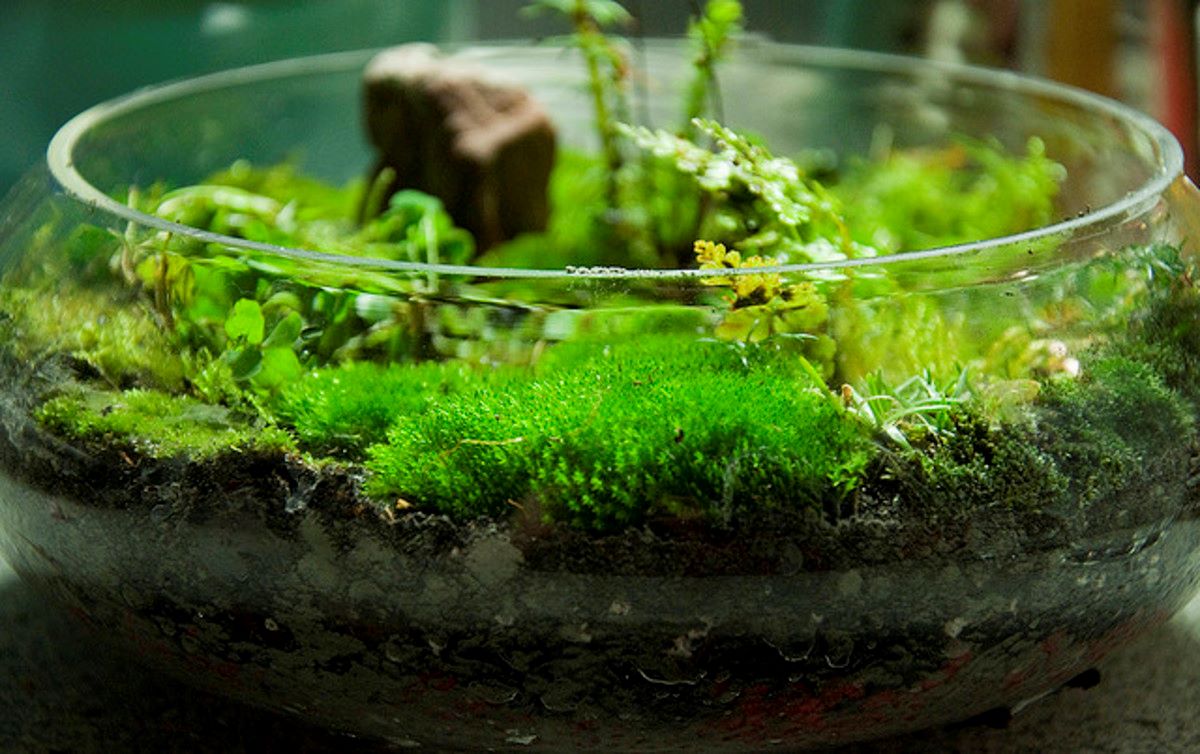
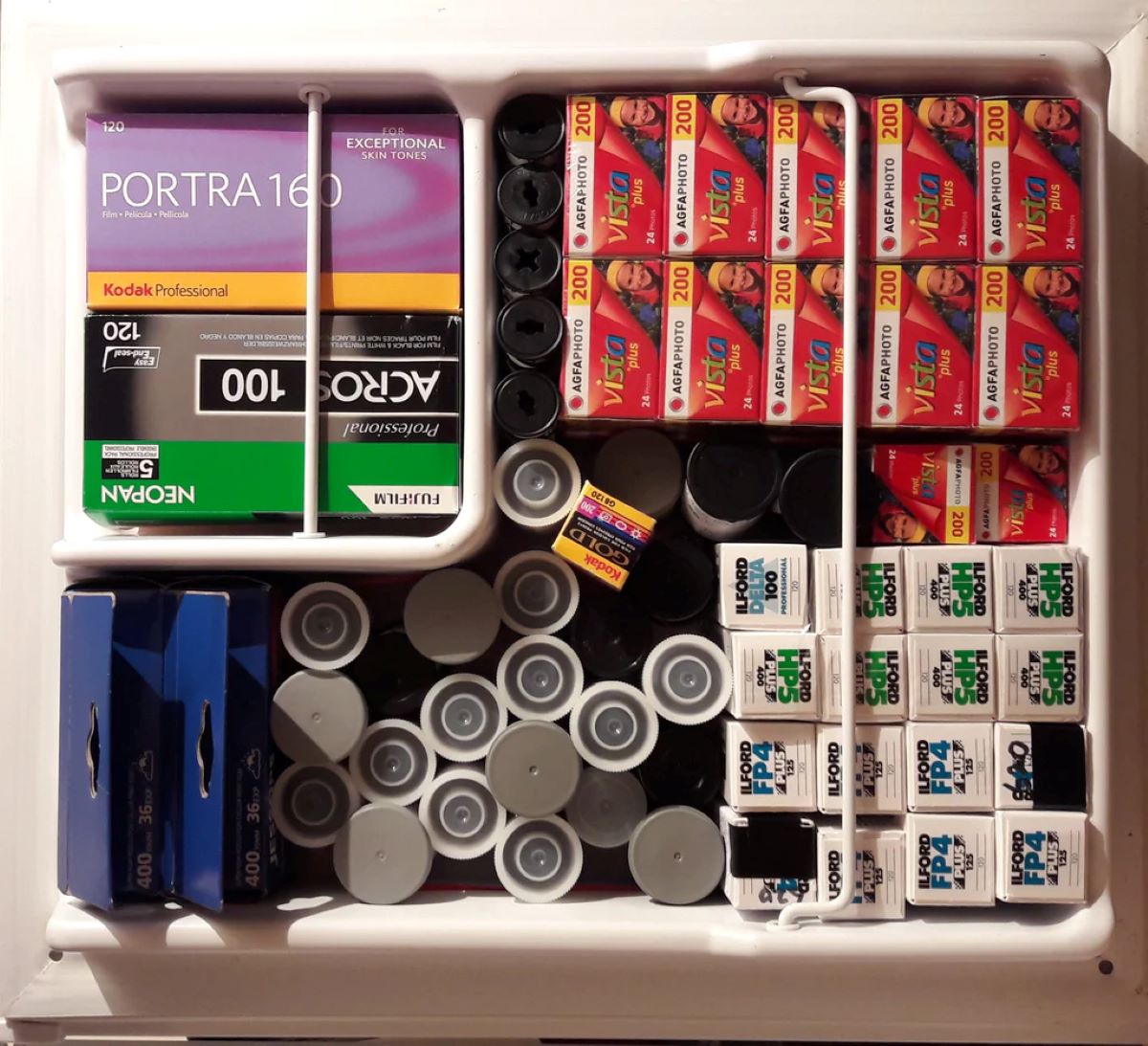


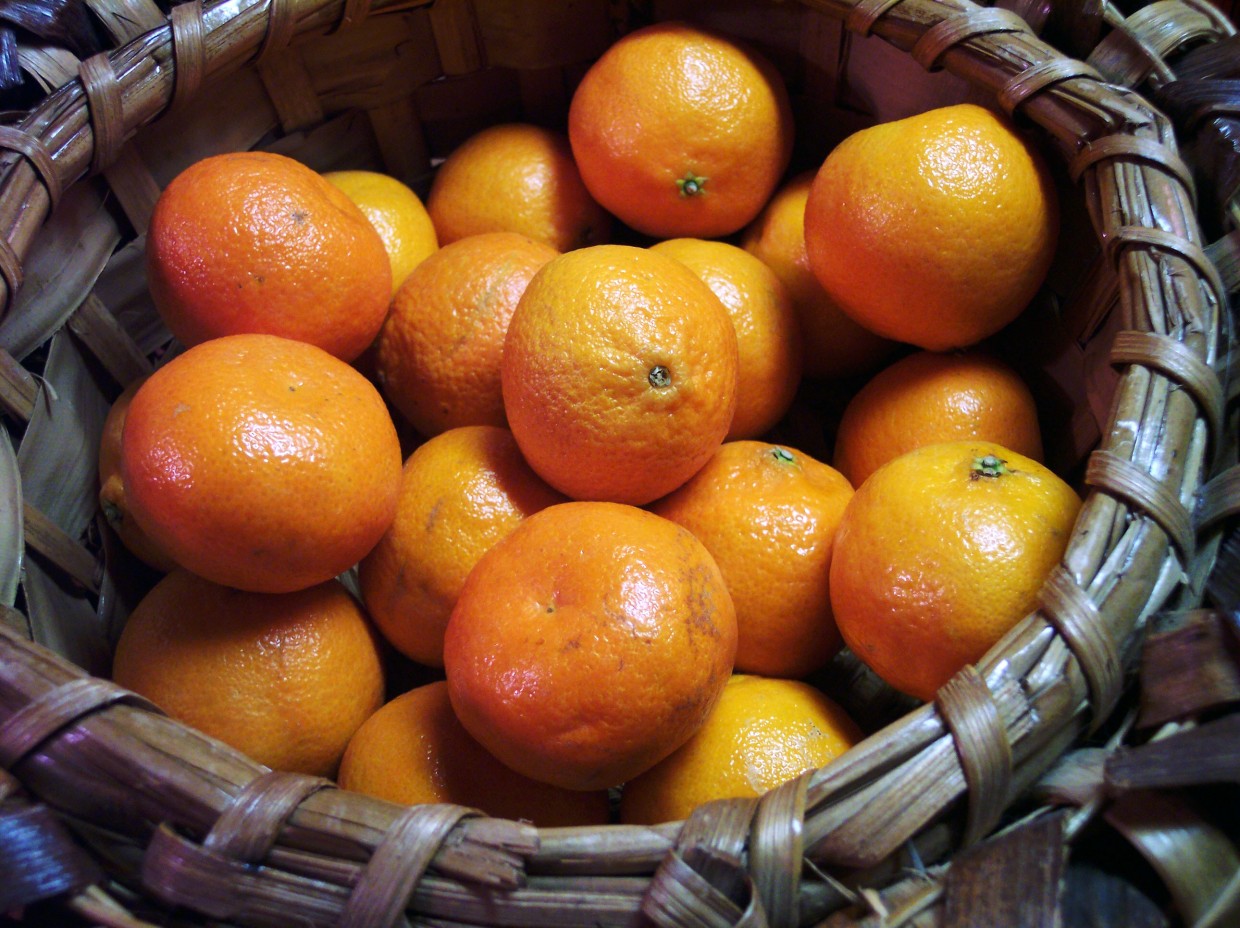

0 thoughts on “How To Store Sunchokes”